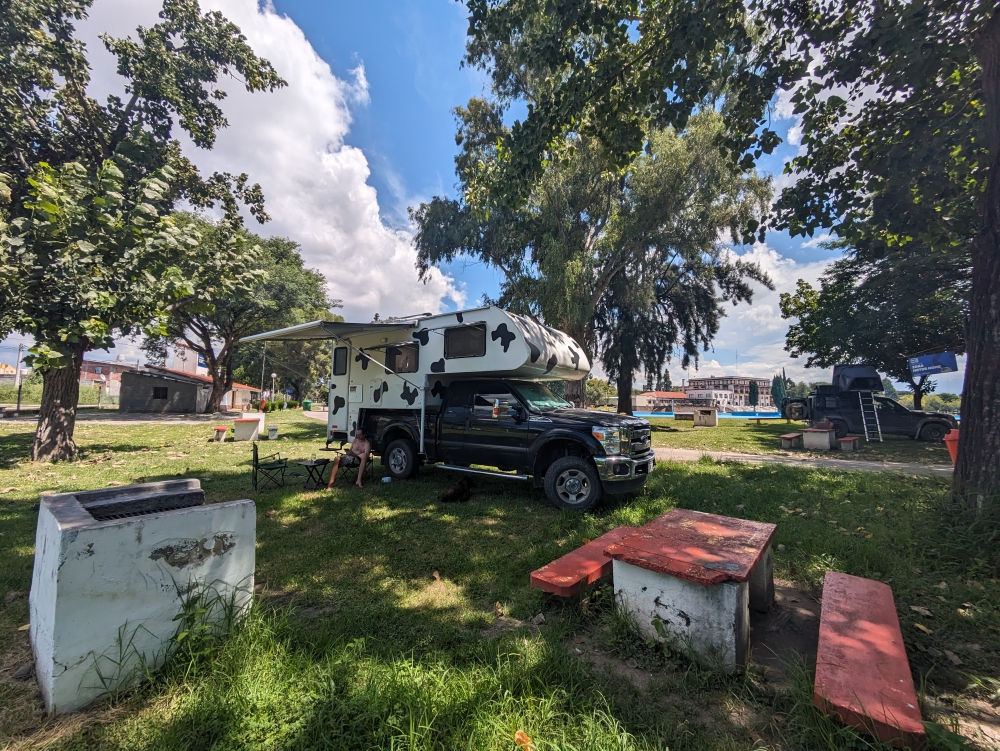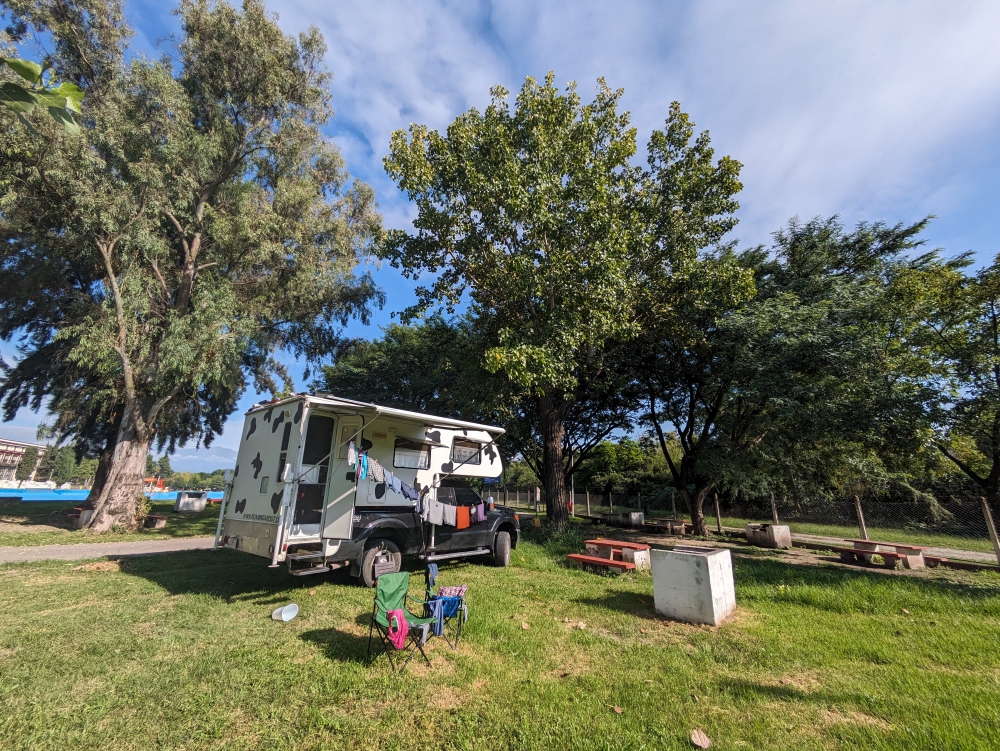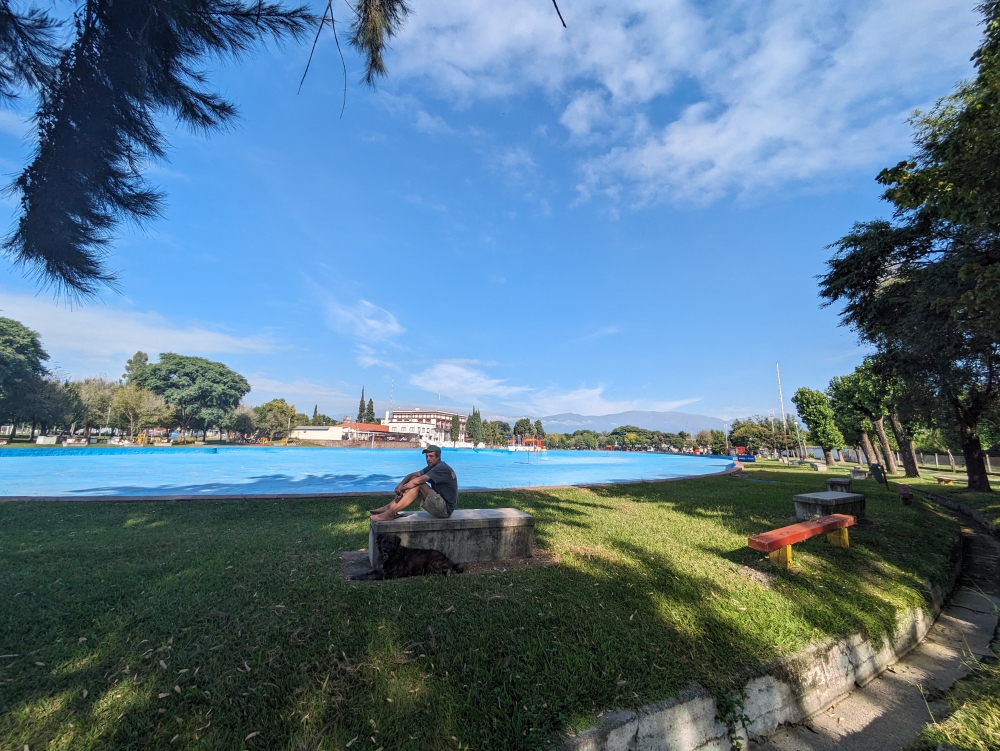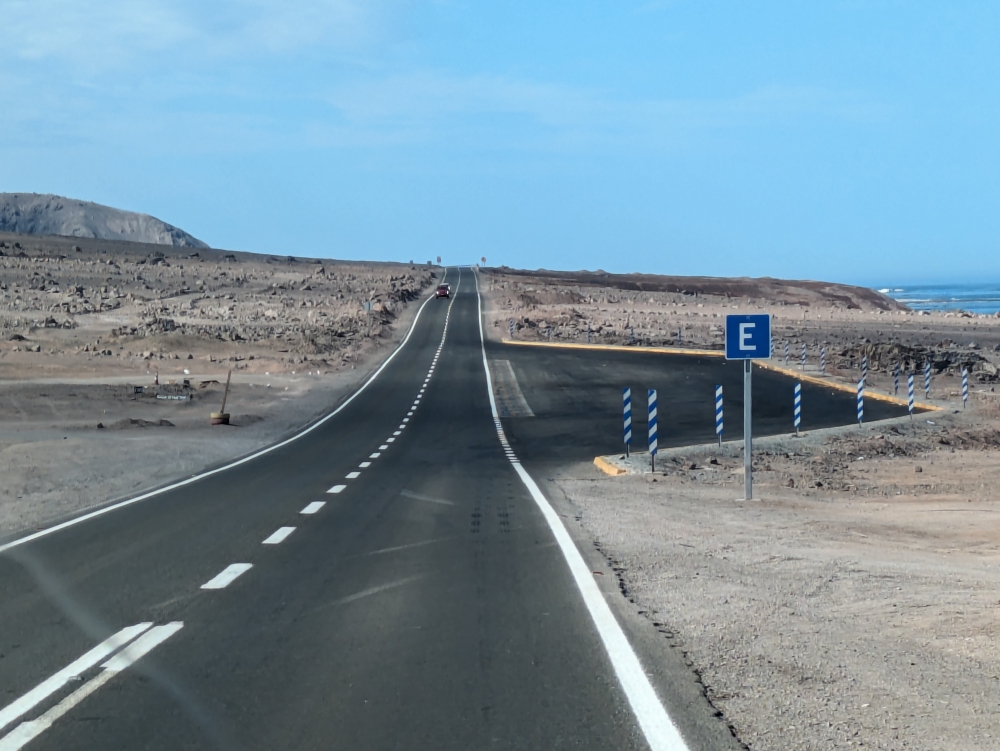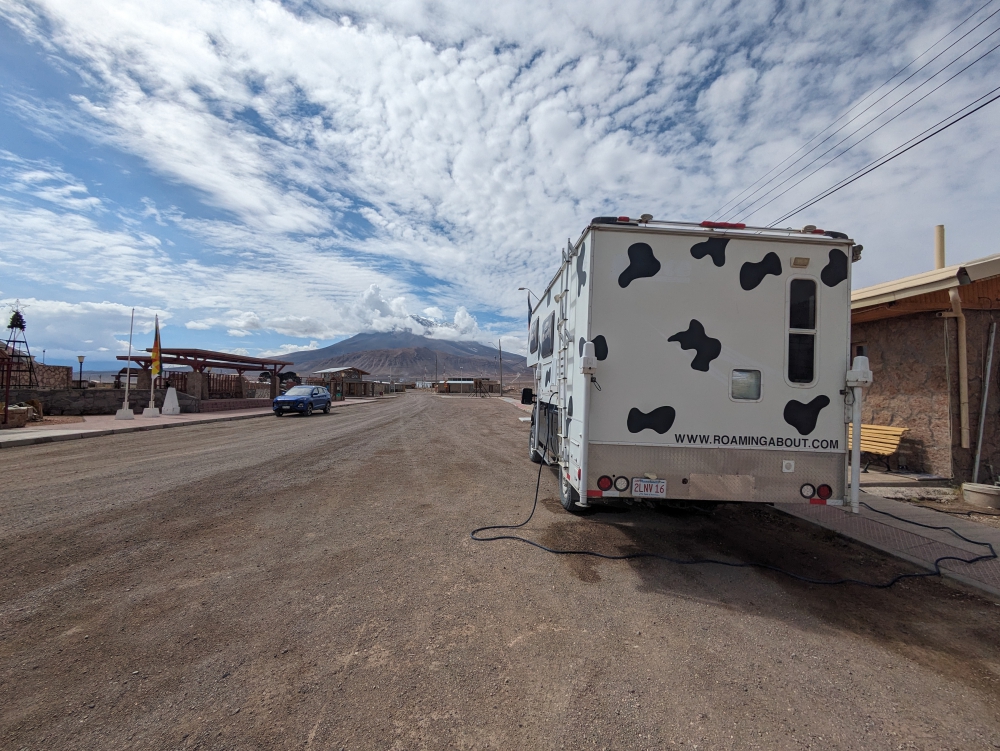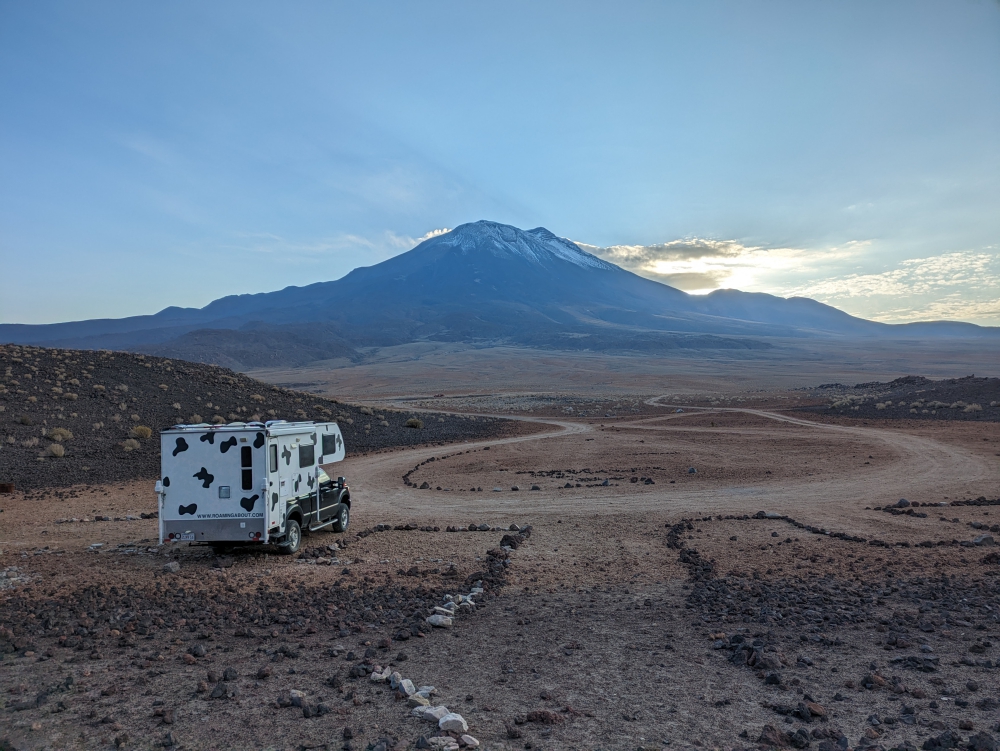
Every month, I post a report of our expenses to show that it is possible to live a comfortable, exciting, and adventurous life without breaking the bank. The less money you spend, the less you need to make. 🙂
This report includes ALL of our expenses, in US$, for two adults and one 60-pound dog (we adopted Maya on June 4th, 2019). Under groceries we incorporate food, produce, and non-alcoholic drinks predominantly bought in supermarkets. Toiletries belong in that category as well. Dining out means eating at a restaurant/event or purchasing take-out food. The health category covers non-prescription medicines and vitamins/supplements; medical contains prescription drugs and doctor’s visits. Because of our income level, Mark and I are eligible for free health care within the state of Massachusetts. For check-ups and extensive care, we return to the US East Coast. Other health issues are resolved locally and out of pocket where needed and possible.
Despite February being the shortest month of the year, it was an expensive one for us. The first week, Mark, Maya, and I finished our time in Bolivia with Thirsty Bella. We explored Northern Chile for the remainder of the month.

Maya ready to devour us!

Our favorite (free) camping spot in many months: Valle de las Rocas, Bolivia

Welcome to Chile!

Cute church in Chiu Chiu, Chile

Very cool train museum in Northern Chile
As usual, the car category was the highest at $659 (!) – blame the Chilean fuel prices, our desire to get two new tires, and traveling with a dog…

Long line at the bank to pay our health certificate bill

Driving towards another salt flat, in Chile this time

Hunting for tires in Iquique
Our Ford F350 pickup truck has terrible fuel economy, especially with the heavy weight of the camper in the back. We manage to drive around 10 miles per gallon; less in the Andes Mountains, more on perfect, paved roads with a tail wind. At over $5 per gallon, gasoline in Chile is pricy, so much so that we often discussed if an attraction would/might be worth the cost of driving that extra distance. I’ll elaborate more on that in a future post.

Beware of farm animals on the road

The Lagunas Route consists of nothing but washboard, especially in the northern part.

Maya braces herself on bumpy roads

Driving to another part of the valley of rocks on a rocky road.

Traffic in Iquique

Driving south along the Northern Chilean coast

Amazing roads – with roomy spots to pull off – in Northern Chile.

Massive trucks on the highway in Chile
We were curious about Northern Chile, so made somewhat of a loop in this desolate and not-so-interesting part of the world. While it is always interesting to explore new territory, this detour easily cost us $200 in fuel (most of it bought as a last, tricky fill-up in Bolivia), something we don’t think was worth it.

Price list for gasoline and diesel, for locals and foreigners

Waiting in line for our last fuel fill-up in Bolivia.
But, because of this extra distance, we managed to buy two duty-free new tires in the “free zone” of Iquique for a decent price.

After negotiating, the attendant filled up our gas tank…

… and our jerrycan – which, again, leaked liquid and fumes all over the car!
Our all-terrain tires didn’t need replacing yet, based on their use and mileage, but after the tire stabbing incident in Colombia eight months ago, we have always been worried about that extensively patched-up front tire, especially on rocky tracks. Plus, Mark didn’t feel comfortable airing down that tire if ever needed. As fate would have it, tire deflation proved necessary mere days after buying the new set. More about that in a future blog post.

These are our new tires.

Paying for the goods at the garage – we didn’t have enough cash with us, so paid with credit card. Extra charges apply for that!
We wanted the new tires in the back, so had to find a place that accommodated rotating the wheels and installing the tires, something that was not included in the purchase price. or was available there. After trial and error, we found a set of guys, who swapped the front and back tires and popped two of the new ones on the rims. With two jacks. Three, when the back of the camper appeared too heavy and stalled progress at some point. I kept mumbling under my breath, “This is a disaster waiting to happen,” as two wheels were removed at the same time and the mechanics’ attitude was very relaxed… A stressful hour!

Surprise! They didn’t install our tires on the spot. We needed to hunt for another place to get this done.

Two relaxed mechanics installed the two new tires and rotated the other two.

The brand-new tires have deep grooves to collect tiny rocks and gravel.
For Chile, we needed to buy additional liability insurance, which was affordable at $11 for six months. The tolls added up to $8, we urgently needed a carwash after our sandy conundrum ($6), and we paid $2 in tips for parking attendants.

Toll booth in Chile

Price list for this toll booth (1,000 Chilean pesos is about US$1)
The dog category was high for two reasons. We needed to stock up on special dog food for our allergic Maya, which is available – and “cheaper” – in Chile. So, we bought two giant bags of 18kg (40lbs) in Iquique. This should last a while…

Maya loves to relax – and wag her tail – on our bed, which makes using my mouse and computer difficult at times!

One of the two big dogfood bags is stored in the car and this one was moved next to my side of the bed.

The other giant dogfood bag is kept in the hanging closet.
Plus, we had to deal with two export permits to prove Maya was in good health. One to cross into Chile from Bolivia and one to drive from Chile into Argentina. The last certificate is valid for a return into Chile within 60 days.

Obtaining an international health certificate in Chile for Argentina

Maya’s vaccination booklet

Maya’s recent vaccinations – we are currently on the hunt for another rabies shot.

Maya’s fancy, time consuming international health certificate for Argentina

The paperwork from the local vet to obtain the international permit for Maya in Argentina. We had ten days to reach the border.
Chile and Argentina are very strict about internal and external parasite treatment for pets when crossing borders. Since we didn’t have the box or the number of Maya’s current Seresto collar, we ended up buying a new one for a steep $66. At least, it should be good for another eight months! And, the vet fee was for follow-up visits in Uyuni, Bolivia, to get her bite wound checked out and her stitches removed.

Last visit to this vet, to get Maya’s stitches removed

And, another vet visit to obtain health certificates for Maya, for Chile – unfortunately, he was out of rabies shots.

The hard-to-achieve international health certificate for Maya was taken from us at the Chilean border.

Mark is cleaning Maya’s teeth.
The grocery cost was average at $271, despite having to restock our fridge and pantry upon entry into Chile, since we’d eaten everything that was prohibited, like meat, fruits, vegetables, eggs, and honey.

Two kinds of flavored salt from the Salar de Uyuni – oregano and hot pepper

All our fresh food was finished by the time we crossed the border and we didn’t have the local currency (or found produce) once we entered Chile. Therefore, we had a few skimpy dinners in Bella.

Our fridge had never been this empty!

A big, western-style grocery store (affiliated with Walmart) after buying produce in tiny villages and emptying our fridge and pantry for many weeks!

Yes, we have fresh fruit and vegetables again!

A fully stocked cabinet!

And, a full, usable fridge again!
Shopping for food can be pricey in this country, but – as always – we constantly look for the best deals, buy generic brands, avoid imported products, pick produce that is affordable, compare prices, and check our receipts. This way, costs remain manageable. No matter whether it is in French Polynesia, the Bahamas, or Chile! 😊

The croissants we found in the grocery store were fair.

The fish market in Iquique, Chile

Fresh, colorful, and organized produce at a mercado in Chile
We splurged on entertainment in February as well, with that private tour onto the Salar in Uyuni for $116 and a tip for our guide. The rest of that $150 of fun went to the entrance fee for the ghost town of Humberstone ($13) in Northern Chile and visits to the salt statues and the “island” of Incahuasi on the Salar. Few attractions in Chile are free, so that trend continues into this month!

The salt was endless

Cool dog on the Salar; the light was bright!

Poor Maya!

Family portrait on the Salar

Visiting the ghost town of Humberstone in Northern Chile

Humberstone

Ruins in Humberstone
Mark and I bought affordable wine and extra Flor de Caña and Bacardi in Bolivia and Chile, because friends told us rum was hard to find and expensive in Argentina. The utility category contains half of our monthly subscription fee for Starlink satellite internet (the other half is paid by our business) and potable water. For the first time in six months, we had to pay for our drinking water. This happened in Uyuni, where we transferred six 20-liter (5-gallon) garrafones into our tank with an electric pump.

Buying water in 5-gallon jugs for our water tank

Free potable water fill in Ollague on the Bolivian-Chilean border

Tasty, affordable wine
The miscellaneous category consists of a tip of $20 (and a six-pack of beer) for the Chileans who towed us out of a gnarly situation on the beach in Hornitos. I hate to admit it, but February was another eventful month on the road… And, we had to buy prints and photocopies to have in the car with us for border crossings and police checks. Yup. That cost $5 in Chile.

Eventually being pulled out of a dire situation

Making expensive copies and prints for our paperwork for Argentina
We hadn’t done laundry since running the campground in La Paz, Bolivia, so there was quite a pile to take care of. After a few failed attempts – the machines at a truck stop were broken and drop-off services took too long or were way out of our budget – we managed to get our loads done within 24 hours at a full-service laundromat in Antofagasta. The price was actually much higher, but somehow, that mistake worked in our advantage.

A big, flat parking lot in Antofagasta, Chile, to deal with a few errands, like taking our camper off to wash the truck.

Picking up our heaps of clean laundry in Antofagasta, Chile.
Mark and I enjoy good food and eating out, but that is not in the cards in Chile. Fortunately, a generous donation by our friends Duwan and Greg allowed us to enjoy a Korean dinner in Iquique. Other than that, we went out for a seafood empanada lunch in Antofagasta.

Splurging on a Korean dinner out

Seafood empanadas at a market
We managed to eat a lot of awesome meals at home, because the only affordable thing in this country, other than wine, is seafood!

Vegetable-chicken stir fry with rice

Ingredients for our vegetarian pizzas

Not a bad result – we made two; one for each!

Appetizer plate by the Pacific Ocean – don’t mind the flies!

Seafood market in Mejillones

We bought a kilo (2 pounds) of clams for $2 in Mejillones, Chile

Mark made a delicious pasta dinner with the clams.
The last and cheapest expenses of February were for transportation (a taxi ride in Iquique after a long walk and picking up the dogfood), more birth control pills in Bolivia, some nuts and bolts for a broken cabinet in Bella, and a shower at a truck stop for $1 each.

At local pharmacies, people often buy medicines by the piece or by the strip.

Dogs are allowed in the hardware store in Iquique, Chile, but they need to be transported in carts (with a piece of Astroturf)

The hardware /department store in Iquique, Chile

Mark fixes one of our cabinets.
We didn’t stay at any campgrounds, but boondocked (wild camped) throughout Southwestern Bolivia and Northern Chile. So, our accommodation was free.

Our free camping spot by the train cemetery in Uyuni

Our last night in Bolivia was made hard because of the wet sand.

Camped by a Salar, popular with flamingos and vicunas

A free night of camping in between volcanoes in Chile

Hot campsite full of horse flies in Northern Chile

Our parking spot for three nights in Iquique, over the weekend… It was loud.

Our campsite for two nights. It was quiet enough (other than the crashing waves), but the flies drove us off.

Two nights at Hornitos Beach in Chile

We had high hopes for this free beach camp, but it was extremely crowded and loud – another summer vacation weekend.

One night in Antofagasta to run more errands. We quite liked this coastal city.

Camped in Valle de la Luna near San Pedro de Atacama, where the Magic Bus is located.
And, that’s a wrap for last month. Not the cheapest one of the year but we obtained some big-ticket items and hope that fuel will get more affordable from now on. Plus, we really ought to start driving less and “sitting” more. 😊
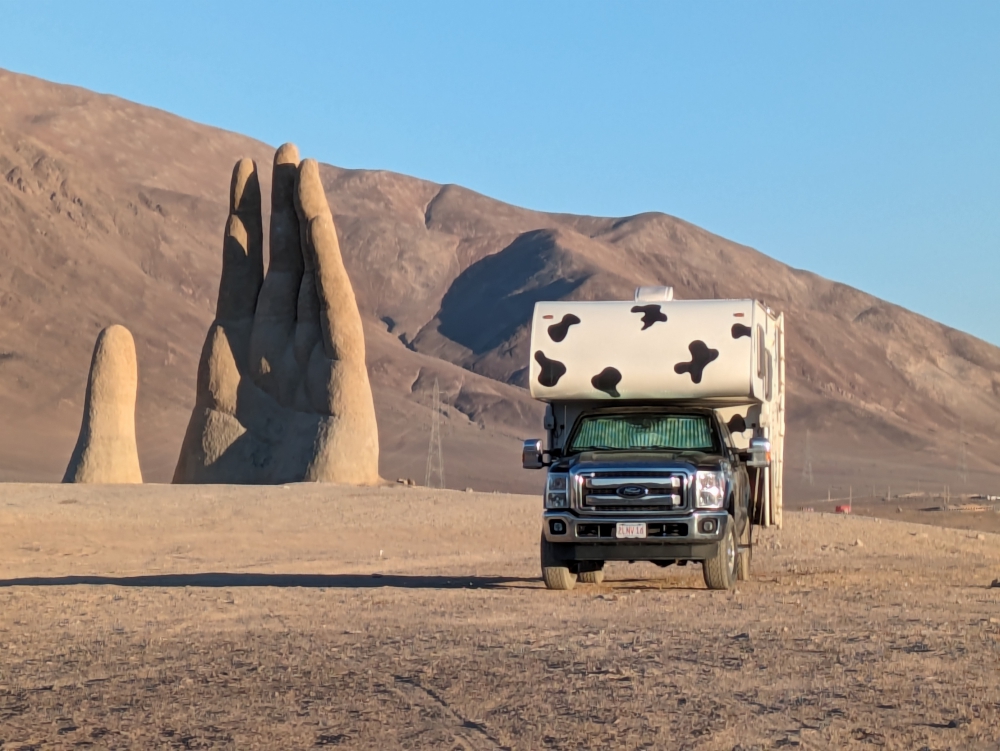
Camped for free by El Mano del Desierto – The Hand in the Desert
